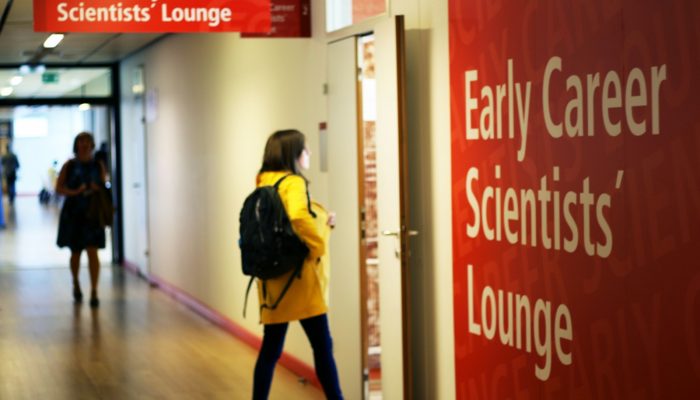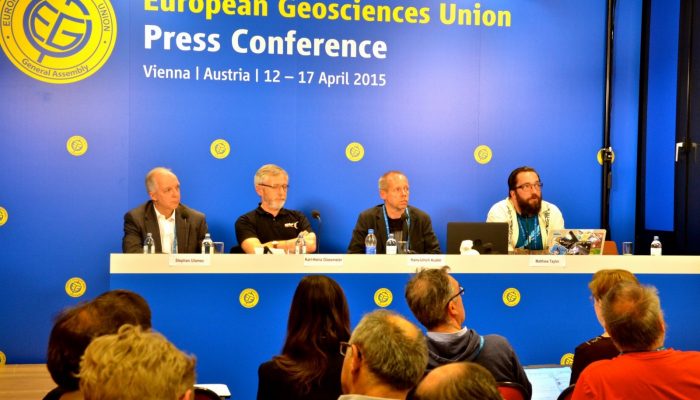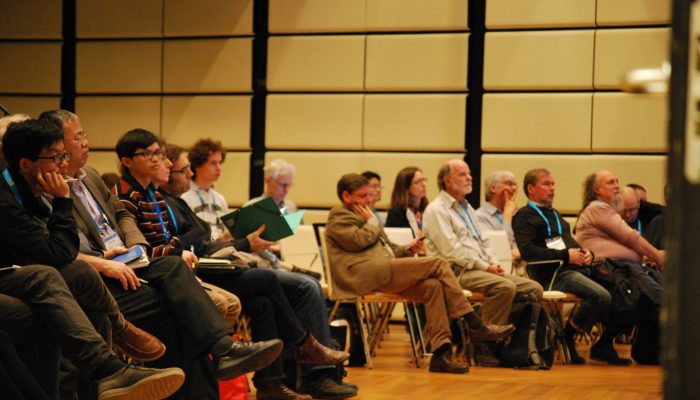Earlier this month we shared a post on how you can keep up to date with all the science being presented at the General Assembly via our social media channels. This week we share with you how you can tune into the conference action, live! Many of the EGU General Assembly highlights will be streamed live, so if you can’t make it to Vienna this year, you can still watch sessions like the Union Sympos ...[Read More]
What’s on for early career scientists at the Assembly in 2018

This year, there’s a great line-up of early career scientist (ECS) sessions at the General Assembly. Not only that, but there are opportunities to meet those that represent you in the Union, get to know other ECS in your field, and make the most of both the scientific and social sides of the conference… Networking First up for ECS is the icebreaker event during the opening reception on the Sunday ...[Read More]
GeoPolicy: Getting involved with policy at the 2018 General Assembly
The EGU General Assembly is an amazing event, not only because of its size but also due to the number of disciplines represented! This gives scientists, who are diligently focused on their specific research for the majority of the year, the chance to let loose and learn something a bit different. This year’s assembly will host a multitude of science-policy related sessions that aim to help researc ...[Read More]
Short courses at EGU 2018
At this year’s General Assembly there are loads of short courses to choose from for broadening your expertise. You can supercharge your scientific skills, broaden your base in science communication and pick up tips on how to boost your career – be it in academia or outside. There is also a course aimed at making your time at the conference easier – be sure to take part, especially if i ...[Read More]



